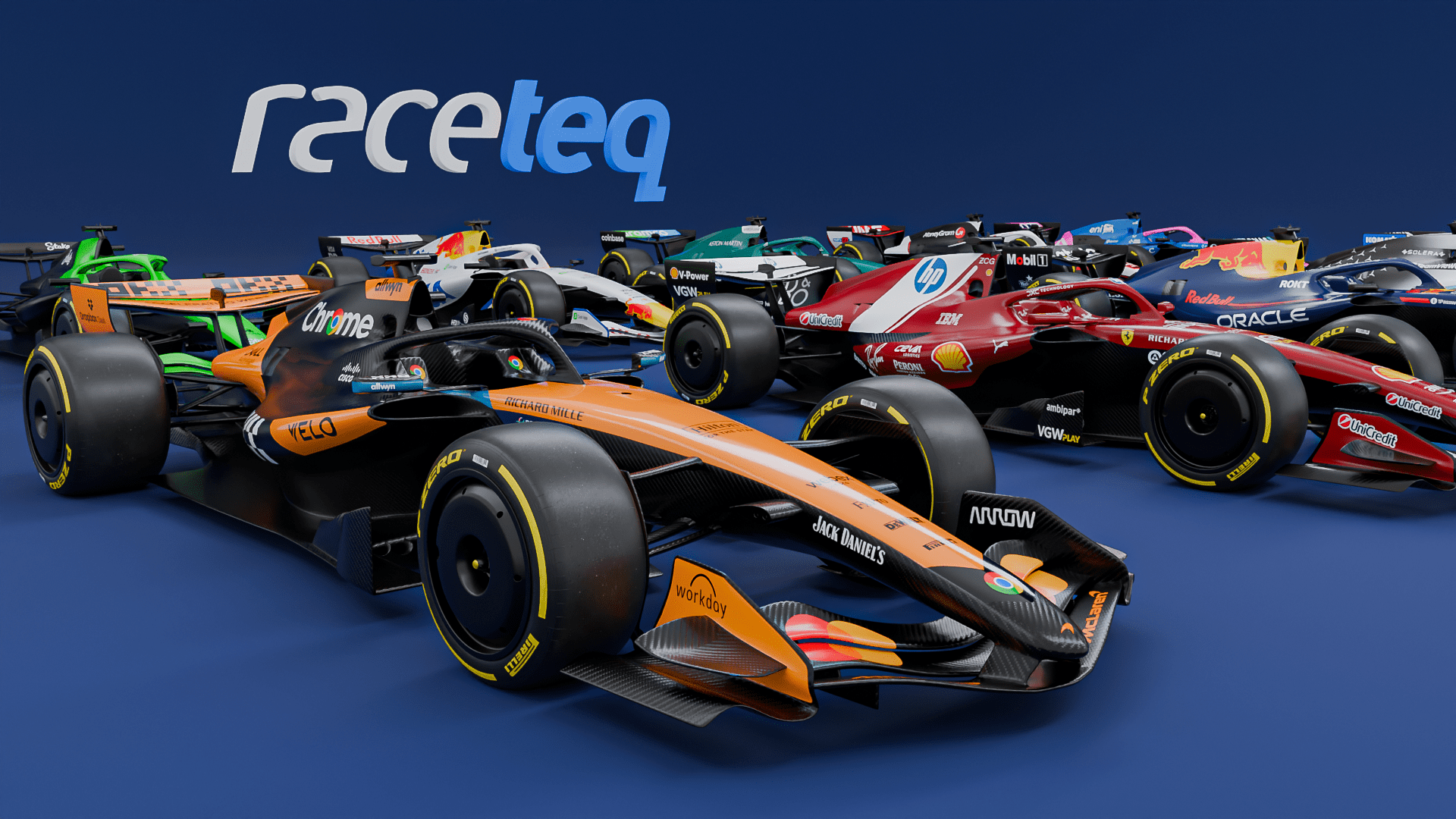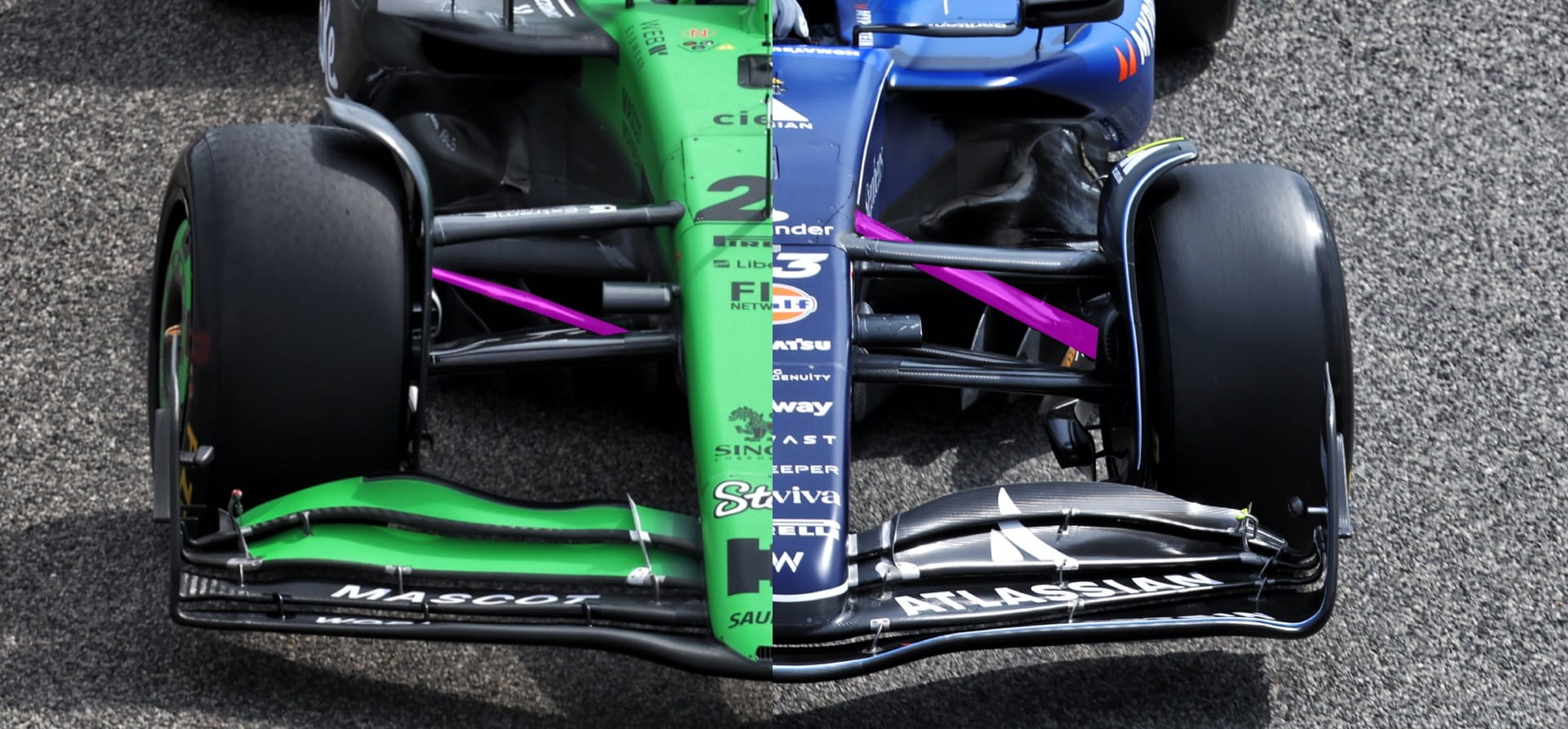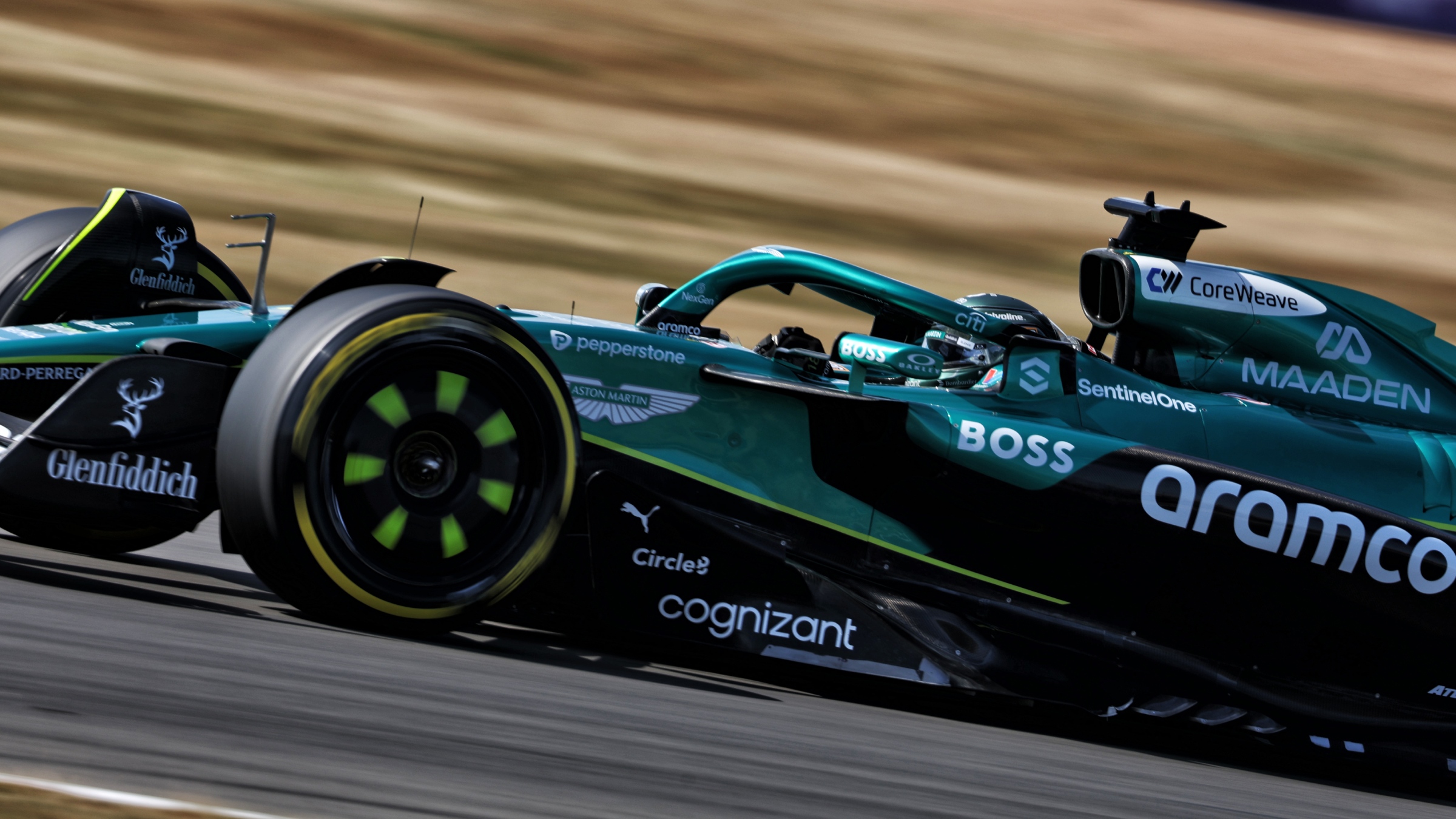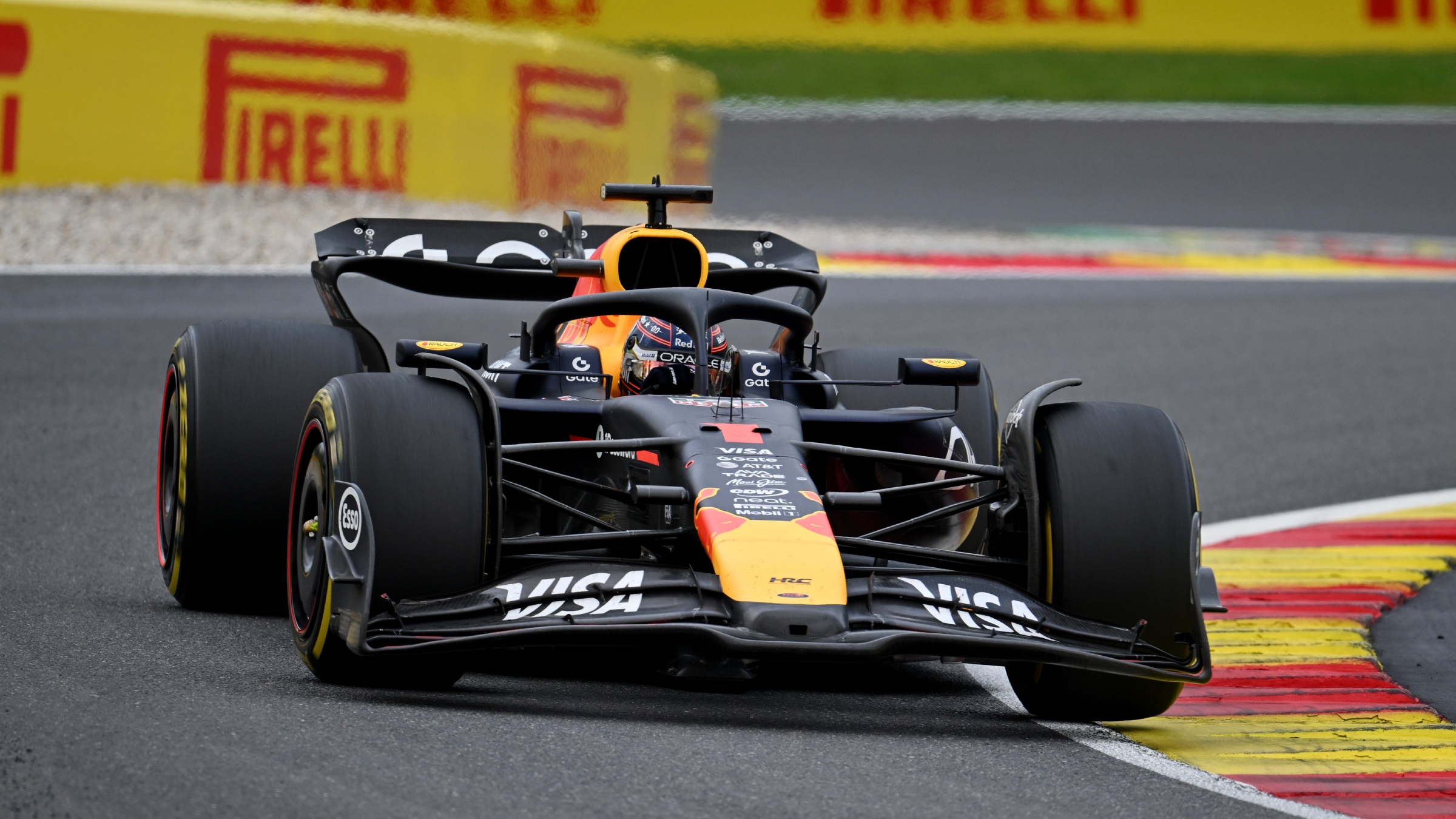Car
Why hasn’t Mercedes regained its F1 championship-contending form in 2025?
by Rosario Giuliana
7min read
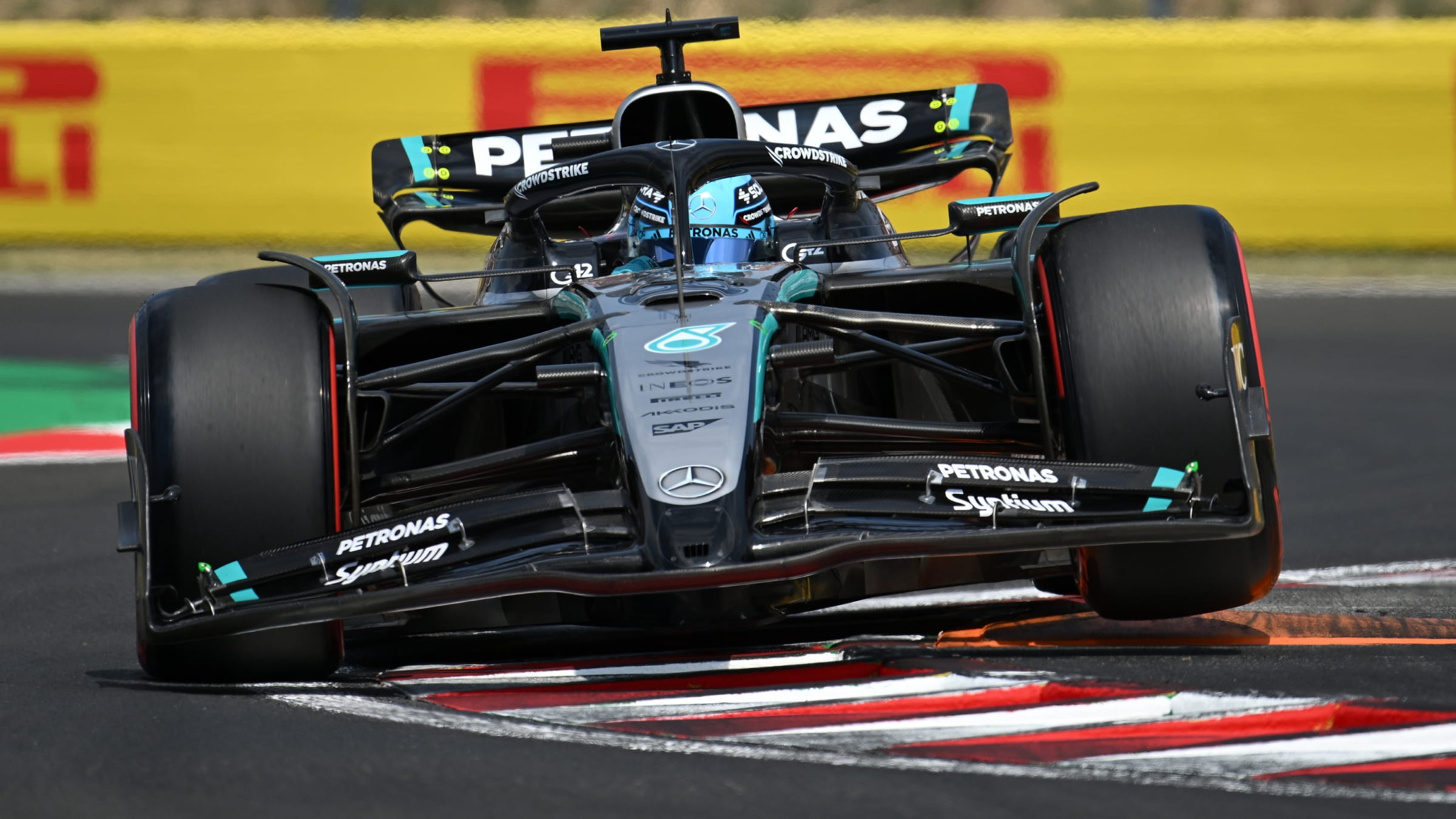
Technical decisions are always calculated in Formula 1 with every update, the result of months of work and analysis.
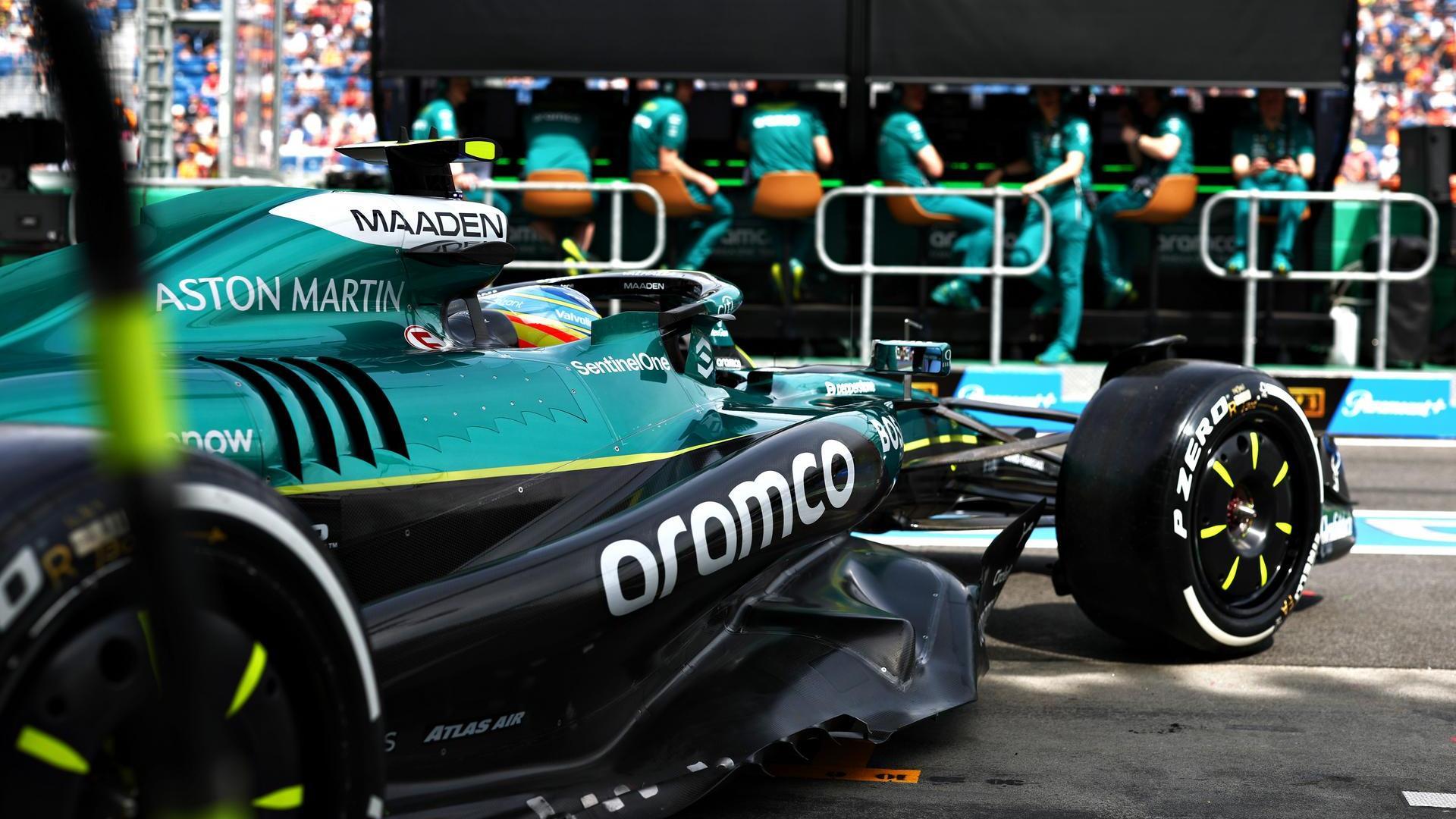
Sign up for a newsletter and we'll make sure you're fully up-to-date in the world of race technology
However, in modern F1, where every detail influences the overall balance of the car, even a small conceptual misstep can have a drastic consequence. That’s exactly what happened to the Mercedes W16 with the new rear suspension introduced in Imola and officially abandoned during the Hungarian Grand Prix weekend.
It was a drastic choice and the result of weeks of fluctuating performance and negative feedback from drivers George Russell and Kimi Antonelli. The team that once dominated has been unable to regain consistency.
The failed Mercedes upgrade
The conceptual change to the W16’s rear end was intended to improve mechanical grip during traction phases, facilitate tyre management, and widen the car’s set-up window across various types of asphalt and weather conditions. A logical goal on paper, in line with the demands of modern ground-effect F1, but one that clashed hard with on-track reality.
From Imola onwards, the data never fully convinced. The suspension failed to impress at Imola and was shelved for Monaco and Barcelona for further analysis at the factory in Brackley, UK. It returned at Montreal, where George Russell’s victory in Canada seemed to confirm the new suspension’s potential. But in the end, that result proved to be more of an exception than the rule. Montreal’s characteristics - heavy braking, few loaded corners, and low abrasiveness - had masked the true issues at the rear.
From the Austrian GP onwards, the W16’s performance declined again, showing chronic instability during direction changes and poor correlation between setup and track behavior. The situation reached a head in Hungary: during the usual drivers’ pre-race press conference, both Russell and Antonelli openly rejected the new suspension.
.jpg?cx=0.5&cy=0.5)
A comparison showing the new Mercedes suspension tweak (R) brought in for Imola. This part was eventually reverted to its original specification (L)
What the drivers said
“We tried to make it work, but it’s simply slower,” said Russell bluntly. The car had become unpredictable, didn’t inspire confidence on corner entry, and made it difficult to find the correct setup window, the #63 driver continued.
Antonelli was even more direct, saying he couldn’t drive naturally. In some corners - especially medium-speed ones - the car did the opposite of what he expected, and the feeling was completely different from the simulator. According to the young Italian, returning to the old suspension was a necessary move.
The words of both drivers confirmed what recent results had already suggested: the new rear suspension was a step in the wrong direction. A design misinterpretation - or perhaps a simulation error - that compromised several race weekends.
Antonelli’s reset
The young Antonelli, in his first full Formula 1 season, has clearly struggled in recent races. After a promising start, the 18-year-old from Bologna, Italy, entered a negative spiral of results, affected by set-up issues, a lack of feeling, and qualifying errors.
Returning to the previous rear suspension spec in Hungary was expected to bring him back to the performance trend he showed up to Miami. Although the Hungarian qualifying session was affected by strong crosswinds - a critical factor for high-downforce cars - Antonelli did show more stability in the race, finishing in the points with finally strong pace. It was a crucial step forward for his confidence.
.jpg?cx=0.5&cy=0.5)
An illustration showing the rear suspension tweak on the Mercedes W16 (R) that was also reset to its original form
Russell back on the podium
While Antonelli laid the foundations for a recovery, George Russell delivered one of his best performances, earning a third-place finish thanks to a consistent race in Hungary. His drive was clean: a good start, excellent tyre management, and a decisive pass on a struggling Leclerc at the end secured his return to the podium.
The difference was precisely the return to the old rear end, which was more predictable and balanced - especially in the third sector at Budapest, where precision and traction are everything.
Why is Mercedes struggling in 2025?
This is the question on many people’s lips for the team that has won nine constructors’ championships and seven drivers’ championships since 2014.
As always, the answer is complex. Since 2022, with the introduction of ground-effect regulations, Mercedes has struggled with the correlation between simulator, wind tunnel, and on-track data.
The initial ‘zero sidepod’ concept in 2022 proved to be a dead end. The more conventional 2023 philosophy improved things but never restored full competitiveness. And in 2025, despite winter optimism, the W16 is still not at a championship-winning level.
Behind all this likely lies a loss of design success. Too many changes in direction, too much caution in some areas, and risky bets in others. Mercedes has seemed to be oscillating between reactive corrections and conservative decisions, without finding an effective synthesis. Can they course-correct before 2026?
